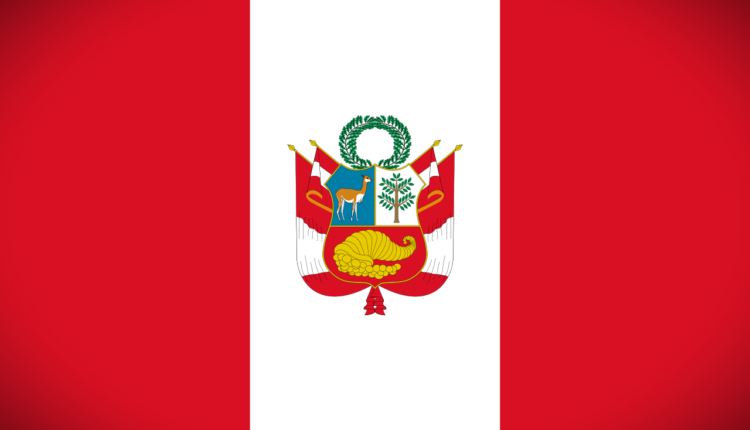My Travel Diaries of
Peru

Summary
Currency: Sol
Capital: Lima
Drink like a local: Chicha (Fermented Corn)
Special Facts:
- If someone offers you Inka Cola, run!
- Guinea pigs are a regular part of the menu here
- Popcorn or boiled corn are often served with meals
- There are an incredible number of corn and potato varieties. Some of them are purple.
- It’s incredibly cheap in the country. But the food is not very good.
- Most people tend to be reserved with strangers
- The country carries with it the legacy of the Incas, although the birthplace of the people, Isla del Sol, is now in Bolivia
- Although the country itself is very cheap, refueling is no fun. A liter of diesel is around 1.60 euros (as of Oct. 2023)
- The south is beautiful, safe and has a lot to offer. North of Lima there are repeated attacks on travelers.
- The national drink Chicha comes from the Incas and is fermented corn drink. It involves people chewing the corn, spitting it out, and letting it ferment until it has alcohol. Bottom up!
- If you drive overland, it happens that you get caught in police checks who are explicitly looking for fruit and vegetables and confiscate them!
- There are still many people who have never learned Spanish but only speak Quechua.
Language
Without Spanish you are in a fix in the country. You only find people who speak English in the big cities and of course in the tourist strongholds. Many people also speak (exclusively) the Quechua of the Incas. The most important vocabulary is:
- Good afternoon – Buenas dias
- Hello – Hola
- Guinea pig – Cuy
- Awesome! – Chévere!
- Oh no! – Asu Mare!
- You get it? – Manyas?
Currency
In Peru you pay with a deeply inflationary sol. Of course you can pay bills with US dollars everywhere, but of course you will have to pay extra. It is best to always have enough cash with you, as card payment is rarely available.
My Lesson:
A kingdom for a llama. Or alpaca. or vicuña
Travel Diaries
If you travel through Peru with your own car, then you don’t get to know the tourist catchers at the sights, but the people in the towns and villages. Peru is politically very active. There are always elections in districts and people take to the streets for them. If something is missing in a district and the responsible politicians are inactive, residents like to close the only road in the area that forces travelers to wait for days or detour thousands of kilometers. Shortly after I left the country there was a coup, the president ended up in prison and the vice president took over the government. Street battles raged for weeks.
The south in particular has a lot to offer and I remembered it most pleasantly. Lake Titicaca with the Uros Islands, Puno, Arequipa, Mollendo, Nazca and the Panamericana with its highlights. Of course there are also Cusco, Macchu Pichu and the Rainbow Mountains, but unfortunately I haven’t been able to visit them yet. Peru is incredibly diverse and, in addition to the Andes and llama-and-panpipe-romance, is also shaped by the Pacific and the Amazonian rainforest. There is still a lot for me to discover there.

